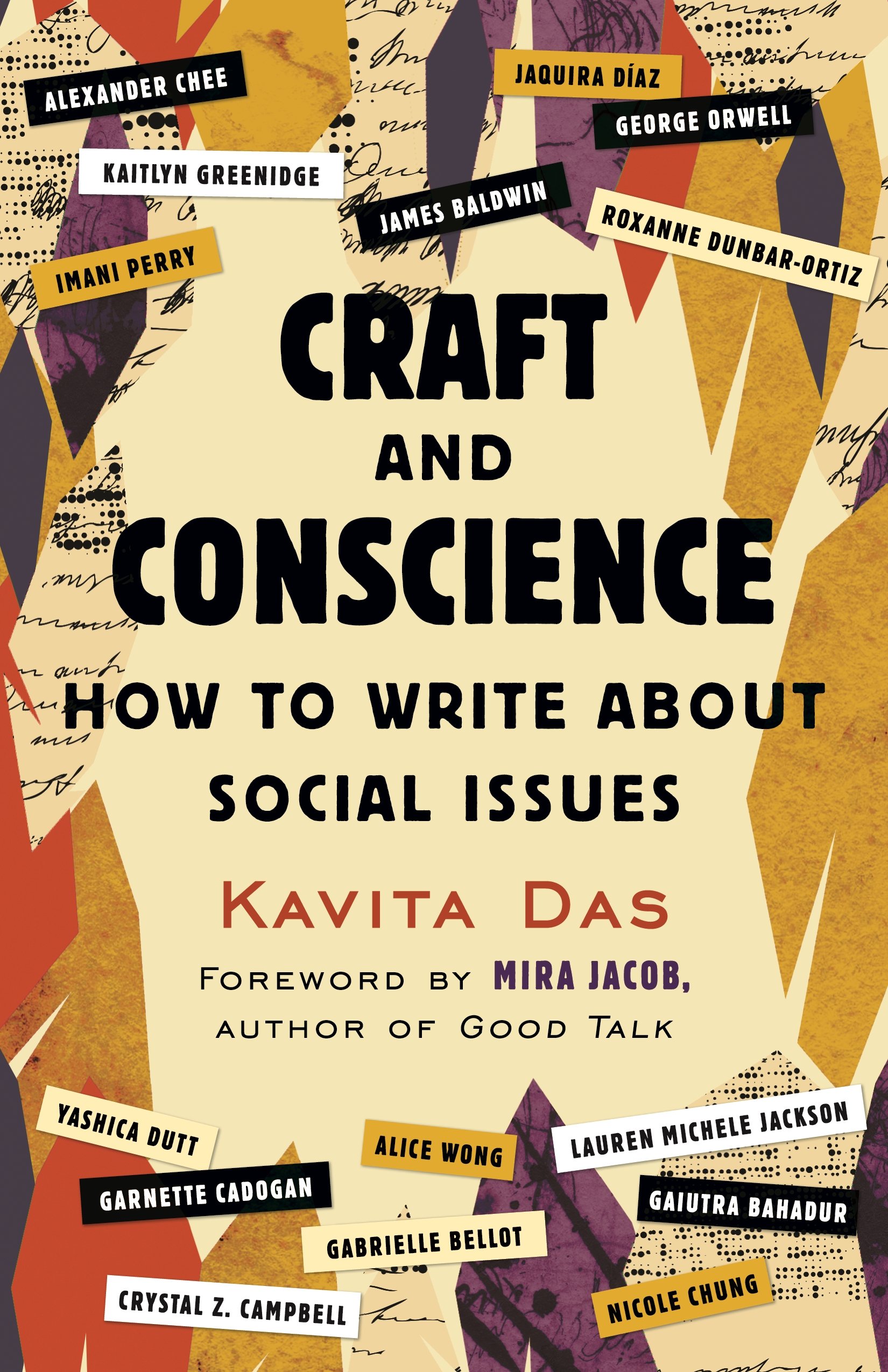
In the second year of my fiction MFA, just after quarantine lifted, I was sitting in the park with a few of my classmates. We were reacclimating to each other, and all the conversation felt like it was on stilts, ready to tip over into topics we might have avoided in mixed company a year ago: death, race. A classmate (white, male) squinted into the sun and complained that after the George Floyd protests, the submissions to the literary magazine he edits had become “too political.” Some stories took place at protests, and how was it possible to avoid cliché when your narrator is literally surrounded by slogans? It was a shame, he said of a certain story he’d received, because the themes were good but there was no subtlety. I did my tepid best to respond conscientiously—everything is political, I said, sort of. Or, everything can be seen as political through a certain default view held by assistant editors of literary magazines, hint hint. But I wasn’t prepared to engage with him further. My experience with the problem of “political” writing had been mostly limited to fielding the perennial workshop question, But why is your protagonist gay?
So, is all writing political? This is the refreshingly straightforward question that opens Kavita Das’s Craft and Conscience, a guide based on her course “Writing About Social Issues.” Her answer is equally straightforward, though thoughtful. Regardless of intent or subject matter, she writes that all writing “reflects a certain perspective or worldview that either directly or indirectly acknowledges social issues, or eschews them, which too is both an artistic choice and a political statement, made by the writer.” Das’s rare gift is her ability to demystify a subject of so much anxiety and debate, offering insight and advice so practical that graphs are often involved (for example, to visualize the relationship between context and narrative or reader and subject). A diverse selection of essays by writers including George Orwell and James Baldwin illustrates her claims. This is, in other words, a far cry from most debates on socially conscious writing within the literary establishment, which so often get sucked into the intellectual quagmire of white and male anxiety. These debates, and the attitudes of those in positions of literary power, end up enshrining the false dichotomy of “objectivity” versus “emotion,” of aesthetics versus politics—in short, of craft versus conscience.
By contrast, Das treats writing about social issues—defined as “any topics that pertain to how an individual or a group is impacted by societal conditions”—as just that: writing in which concern for conscience does not somehow negate or poison consideration of craft.
As we delve into writing, we must not forget that the purpose of writing is to be read, and the reason we write about social issues is because we want to highlight their importance. Keeping our readers and our subject at the forefront of our minds ensures that, as writers, we ultimately meet our dual responsibilities—being compelling, yet truthful.
As with that beginning question, you read this and think, Of course. Of course all writing is political, and of course more explicitly political writing is bound to the same standards as any other kind. So why does it often seem much more complicated? In an opinion piece included in the section, “Are You the Right Storyteller for this Story? Understanding Cultural Sensitivity and Avoiding Cultural Appropriation,” writer Kaitlyn Greenridge identifies one reason conversations about socially conscious writing so often devolve into defensiveness: “The complaint seems to be less that some people ask writers to think about cultural appropriation, and more that a writer wishes her work not to be critiqued for doing so, that instead she gets a gold star for trying.” When the specters of political correctness and censorship are your greatest fear, a book about how to write political prose must seem extremely haunted. But far from limiting writers with an excess of rules, Craft and Conscience provides them a transgressive degree of freedom, the ability to think about their pieces as vehicles of social change and also as stories. Craft can be a tool for holistically approaching complex subjects, either from a “reported perspective” or through “personal perspective.”
Of course all writing is political, and of course more explicitly political writing is bound to the same standards as any other kind.
Das demonstrates her own approach in her excellent essay “Ellaji and Lakshmiji,” which explores her relationship to singers Ella Fitzgerald and Lakshmi Shankar (the subject of Das’s first book, Poignant Song). A legendary singer of Hindustani classical music and “the most prominent Indian female musician in the cross-cultural movement that brought Indian music to the West in the late 1960s,” Shankar went largely uncelebrated until a 2008 Grammy nomination for her final album. Das details her family’s personal relationship with Shankar and her own fandom of Ella Fitzgerald (to whom she refers with the honorific “Elaji”)—finding her albums in a Philadelphia record store; dancing to “Cheek to Cheek” at her wedding—to deepen her simultaneous exploration of the different ways that twentieth-century artists of color were marginalized:
[. . .] systemic racism and white gatekeepers hindered Elaji, but could not hold back her success; while Lakshmiji was celebrated all over the world, but went largely unheralded in India due to patriarchy and cultural snobbery. Though their experiences as black and brown women artists differed due to racial, cultural and national contexts, I found solace and reassurance in Ellaji and and Lakshmiji’s respective spirits of resilience.
Here Das has seamlessly integrated compelling personal narrative and a global historical perspective on popular culture, showing that the political is both personal and “objective”—that is, reportable.
In writing about Craft and Conscience, it’s hard to avoid clichés, sentences that contain in the current political climate or rising tide or other intimations that this—writing with an eye toward political and social impact—is a new phenomenon. And, okay, fine: in the current political climate, (white and male) writers have had to grapple more with questions of social justice and impact in response to a rising tide of political awareness. But the thing about a rising tide is that there has always been an ocean behind it. Craft includes James Baldwin’s 1955 essay “Autobiographical Notes,” in which he argues that, as a Black and gay writer in a hegemonic literary culture, he has been “in effect, prohibited from examining my own experience too closely by the tremendous demands and the very real dangers of my social situation.” Writing about race is not a new imperative. It’s only the discussion that is new, and only to some of us.
A prevailing theme of Craft and Conscience is introspection and interrogation, with every chapter asking questions of the writer. Whose desires animate your text? Who is your reader? What are your fears, your goals, your expected outcomes? It becomes clear that writing about social issues is a practice of honesty, of openness, of self-consciousness and consciousness of others. In other words, writing with conscience is what writing should be, and conscience is not a hindrance to but an element of craft. It can be taught. It can be learned.

